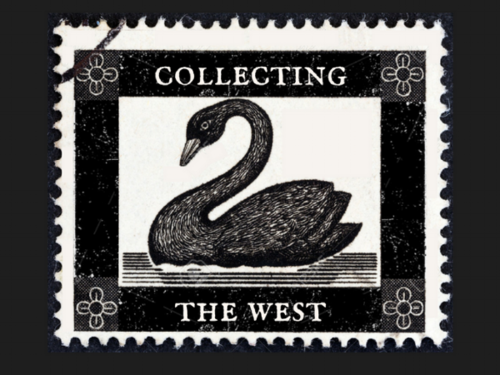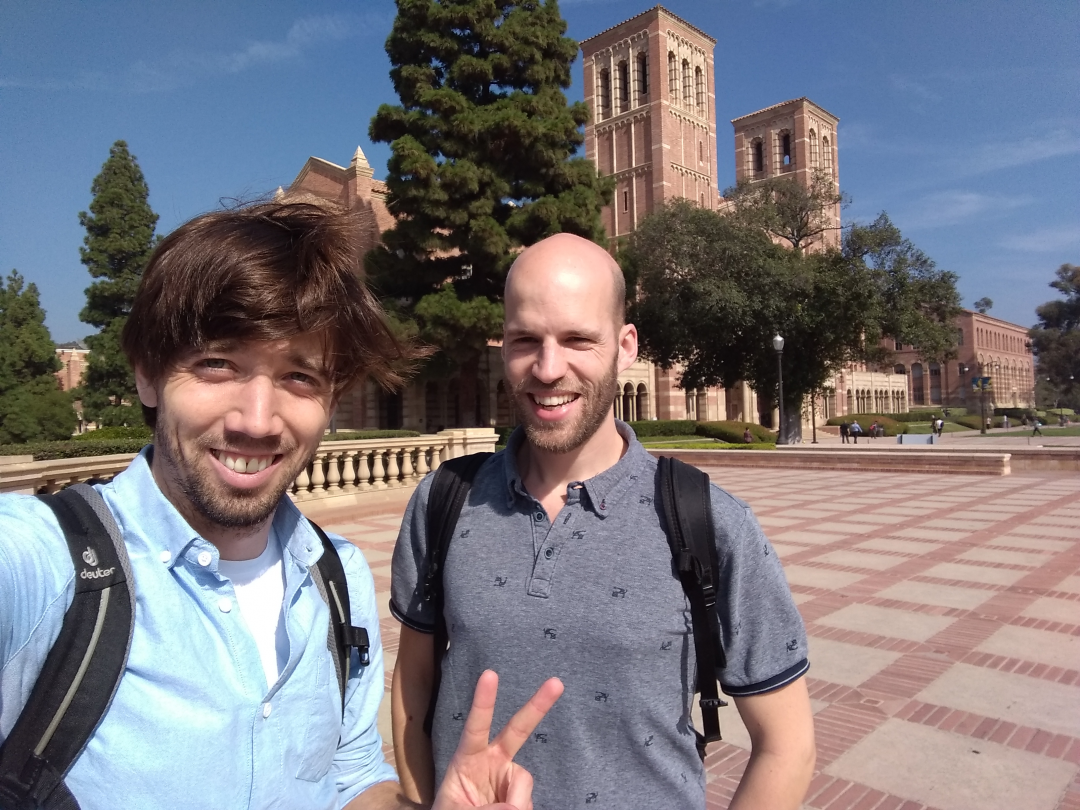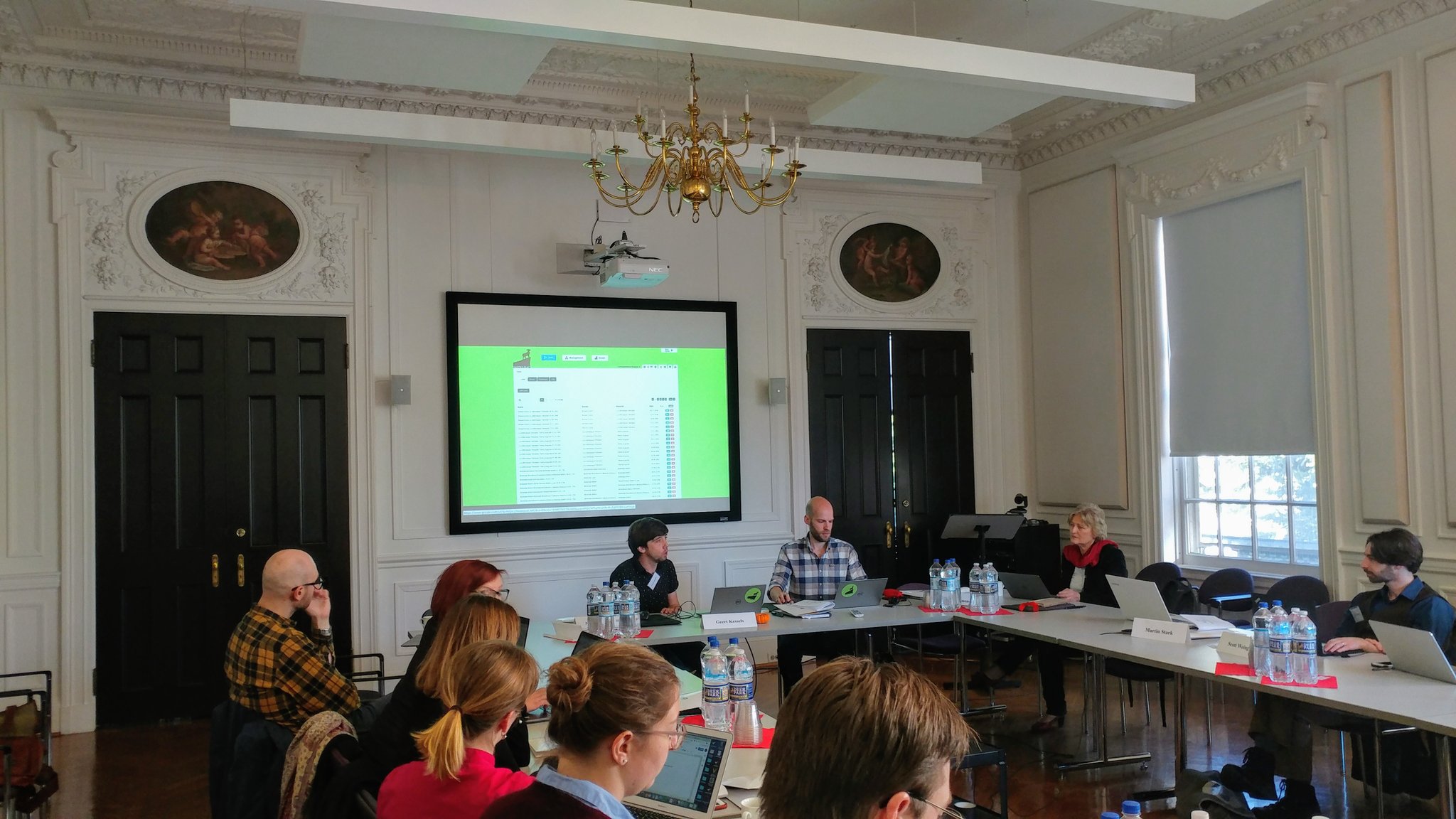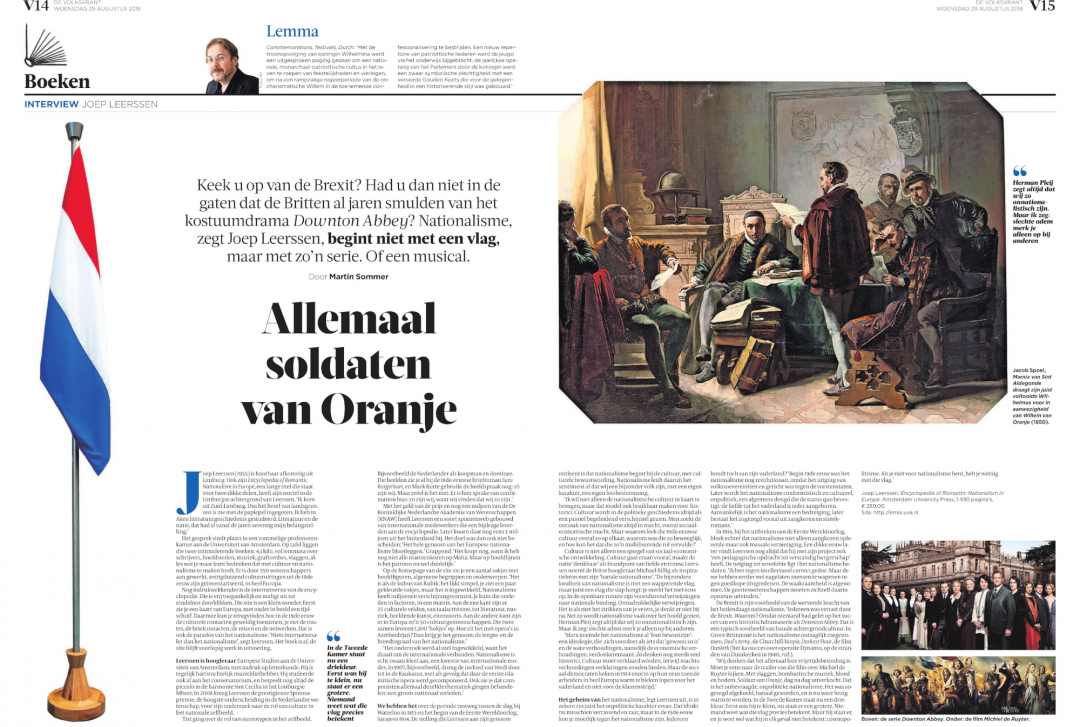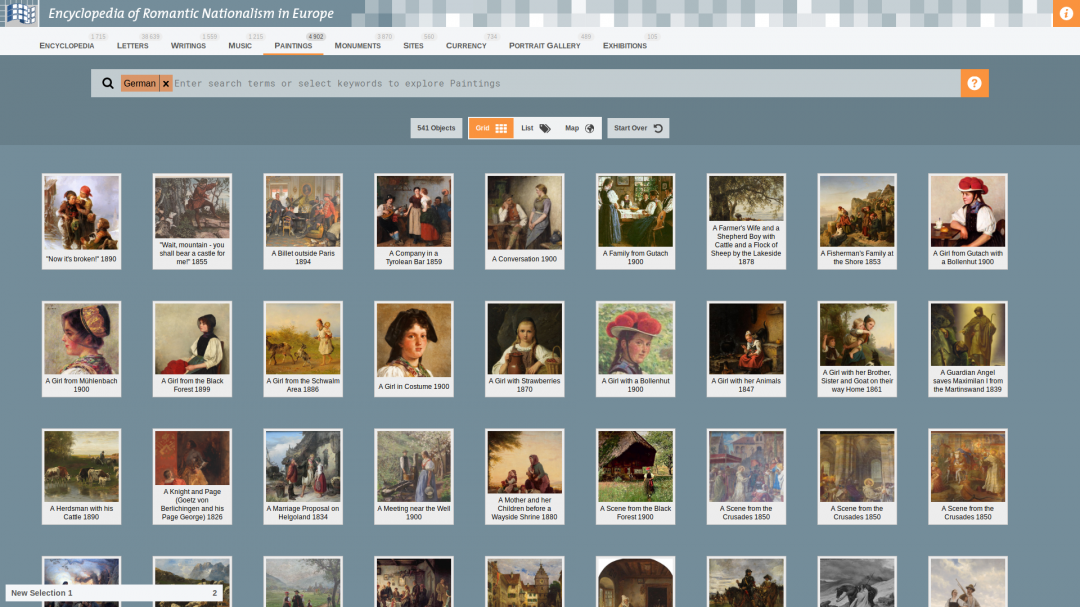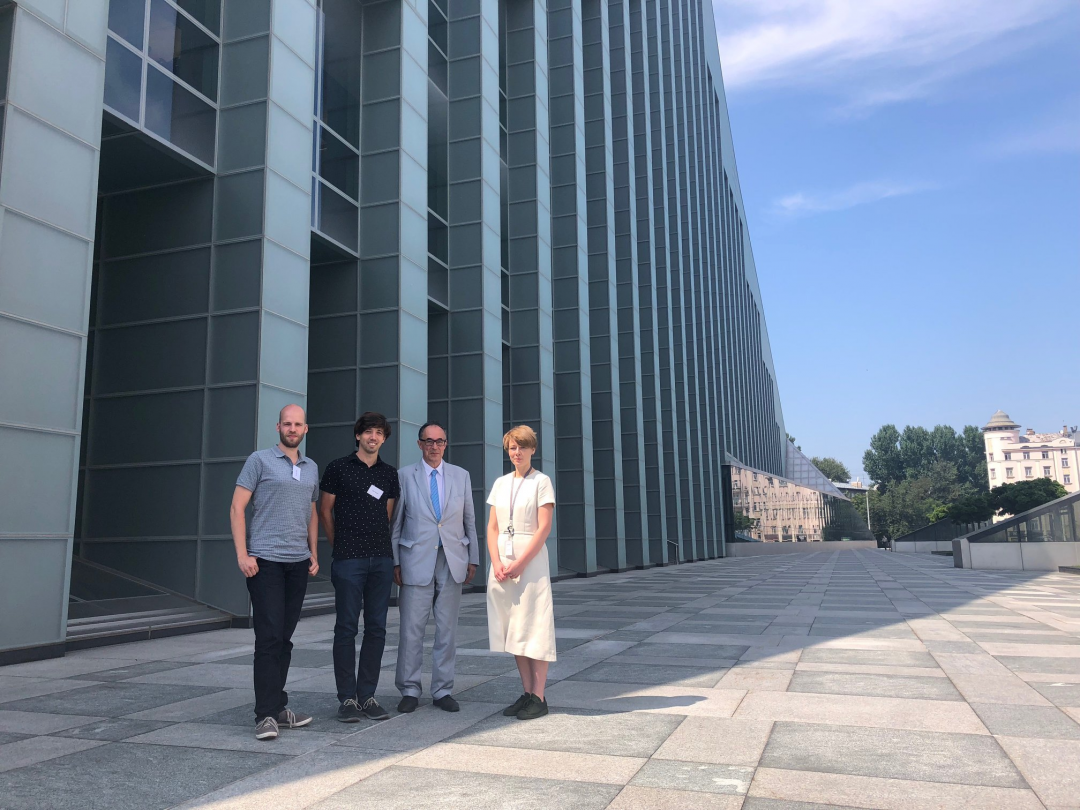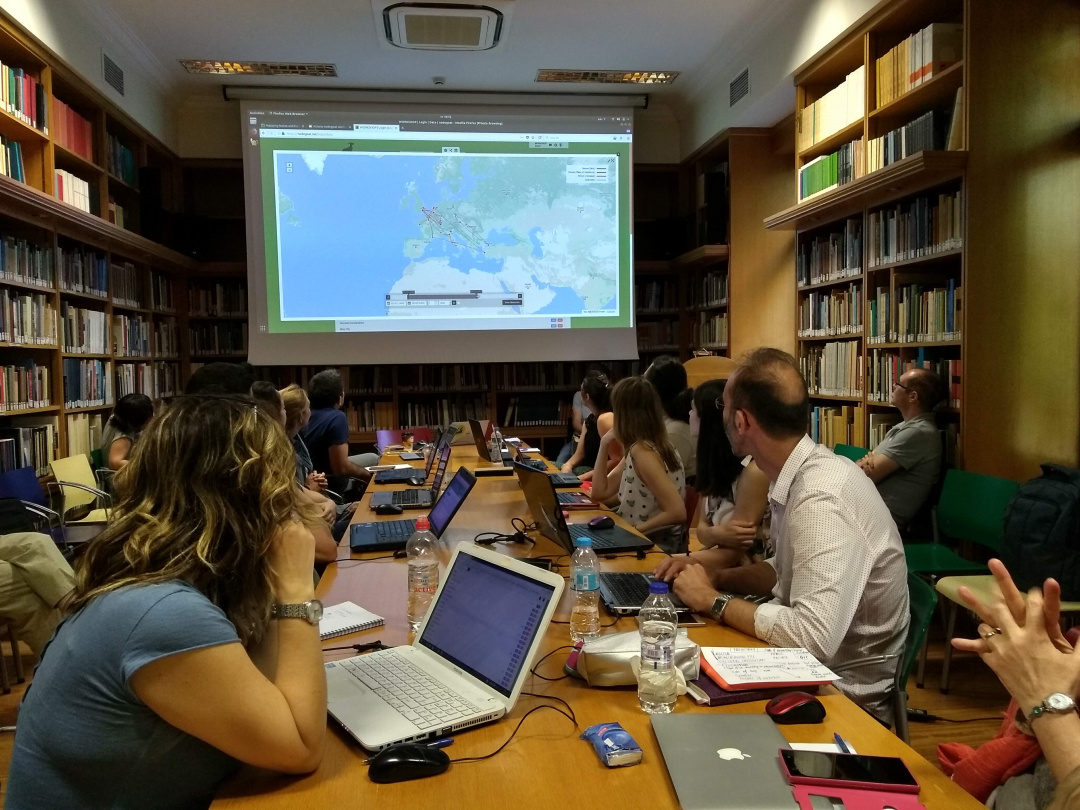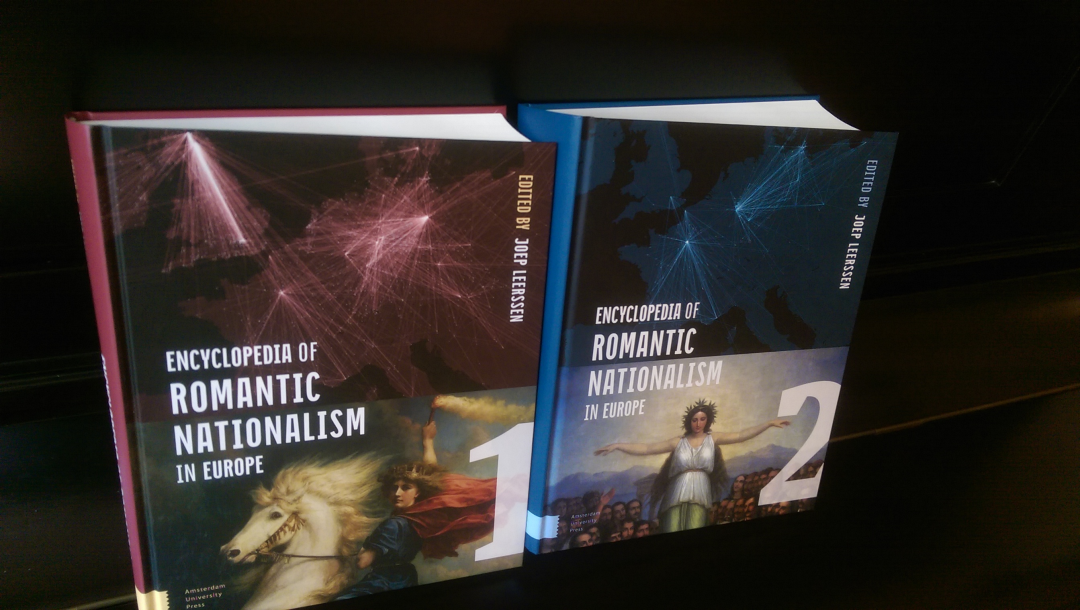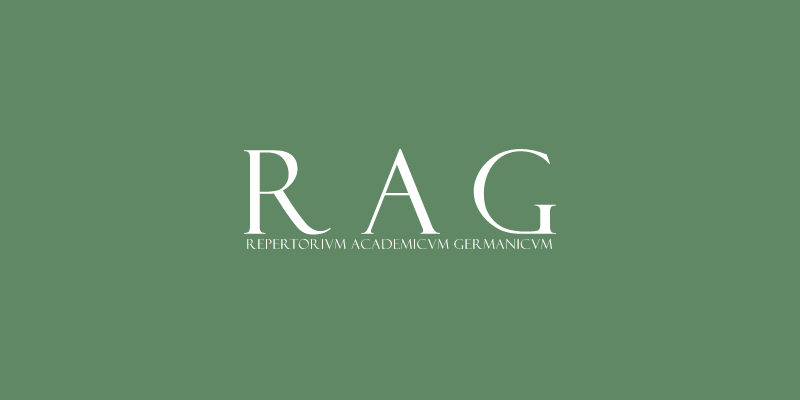'Collecting the West' nodegoat training at the University of Western Australia
CORE AdminThe last couple of days we have been in Perth to start the project 'Collecting the West'. This project uses nodegoat to map and analyse how objects from Western Australia have circulated through global, national and local collecting networks.[....]
